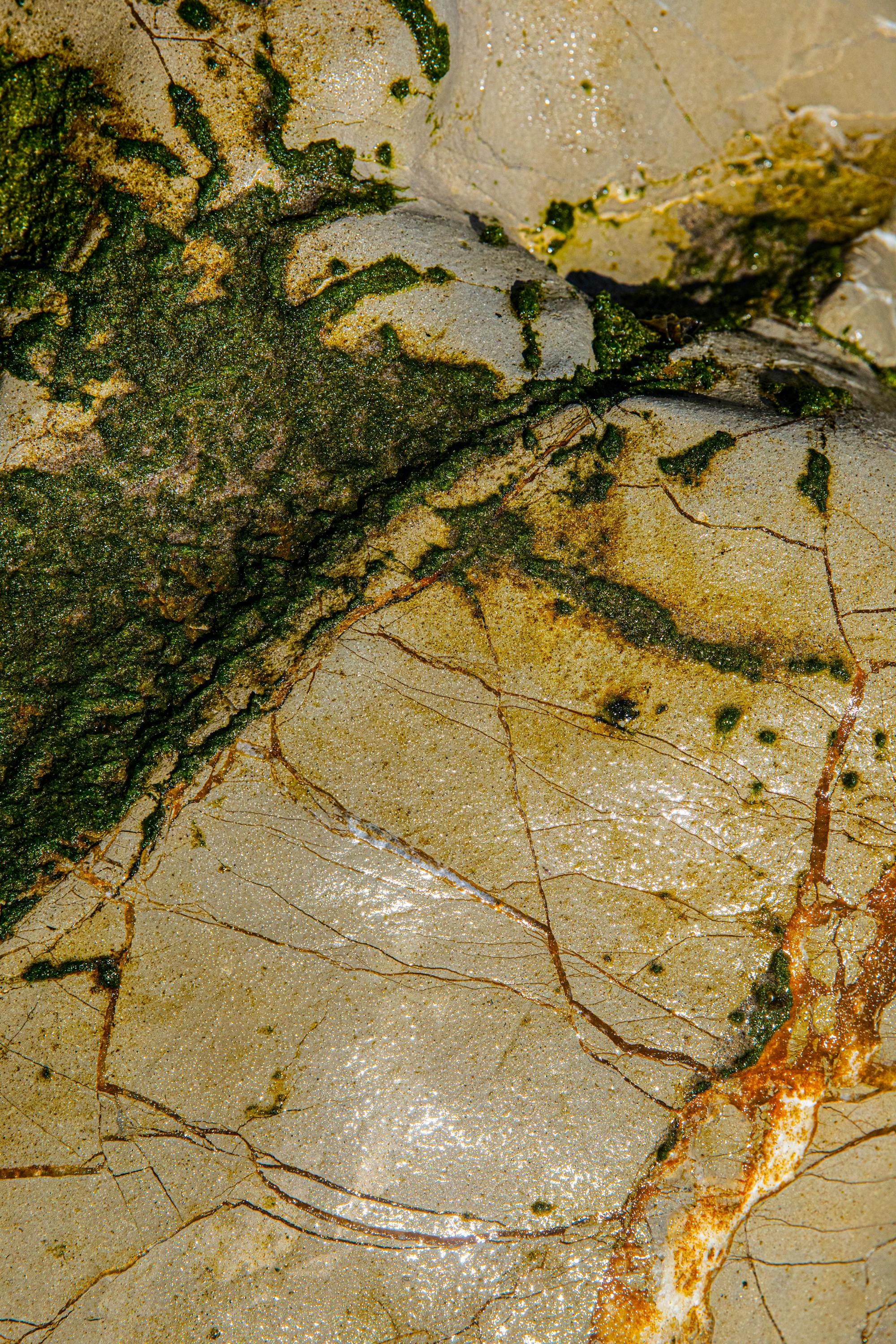Spring Cleaning: Preparing, Cleaning, and Maintaining Your Concrete Surfaces

As the winter months fade away and the weather warms up, it's time to focus on preparing your concrete surfaces for spring. At Meyer Construction, we know that properly maintaining concrete can extend its lifespan, enhance safety, and improve the overall appearance of your property. Whether you have a commercial space, a residential driveway, or an industrial foundation, taking the right steps now can prevent costly repairs later.
Step 1: Inspect Your Concrete for Winter Damage
Cold temperatures, snow, and ice can take a toll on concrete surfaces. Before diving into cleaning, perform a thorough inspection to identify any cracks, spalling, or surface damage caused by freeze-thaw cycles. Look for:
Cracks and Expansion Joint Damage – These can allow water to seep in, leading to further deterioration.
Surface Spalling or Flaking – A sign of weakened concrete due to moisture infiltration or de-icing chemicals.
Discoloration or Staining – Salt and grime buildup can cause unsightly stains that need attention.
If you notice significant damage, consider professional repairs before moving on to cleaning and sealing.
Step 2: Deep Clean Your Concrete Surfaces
Once you've identified any damage, it's time to remove dirt, debris, and stains from your concrete. Here’s how:
Remove Loose Debris
Use a leaf blower or a stiff-bristled broom to sweep away dirt, leaves, and any remaining salt or de-icing chemicals from the surface.
Pressure Wash for a Deep Clean
For driveways, sidewalks, and patios, a pressure washer can help lift stubborn dirt and grime. Use a concrete-safe detergent for best results. Avoid excessive pressure, as it can weaken the surface.
Treat Oil Stains and Salt Residue
Oil Stains – Apply a degreaser and scrub with a stiff brush before rinsing.
Salt Residue – Mix equal parts vinegar and water to neutralize the effects of de-icing salts. Rinse thoroughly.
Step 3: Repair Cracks and Seal the Surface
Fill in Cracks and Joints
Even small cracks can expand if left untreated. Use a high-quality concrete filler or caulk to seal cracks and prevent water from seeping in.
Apply a Protective Sealant
Concrete sealer acts as a barrier against moisture, stains, and future weather damage. Choose a sealant based on your concrete’s use:
Driveways & Parking Lots – Use a penetrating sealer to prevent oil stains and water damage.
Sidewalks & Patios – A water-based acrylic sealer provides a clean, polished finish.
Allow the sealer to dry completely before allowing foot or vehicle traffic.
Step 4: Ongoing Maintenance Tips
To keep your concrete in top shape throughout spring and summer, follow these maintenance tips:
✅ Sweep regularly to prevent debris buildup.
✅ Re-apply sealant every 2-3 years for maximum protection.
✅ Avoid using harsh de-icing chemicals next winter to prevent surface damage.
✅ Address small cracks early before they become larger problems.
Final Thoughts
At Meyer Construction, we believe that proactive maintenance is key to preserving your concrete surfaces for years to come. Whether you need expert repairs, sealing, or concrete installation, our team is here to help.
Need professional concrete maintenance or repairs? Contact Meyer Construction today!






